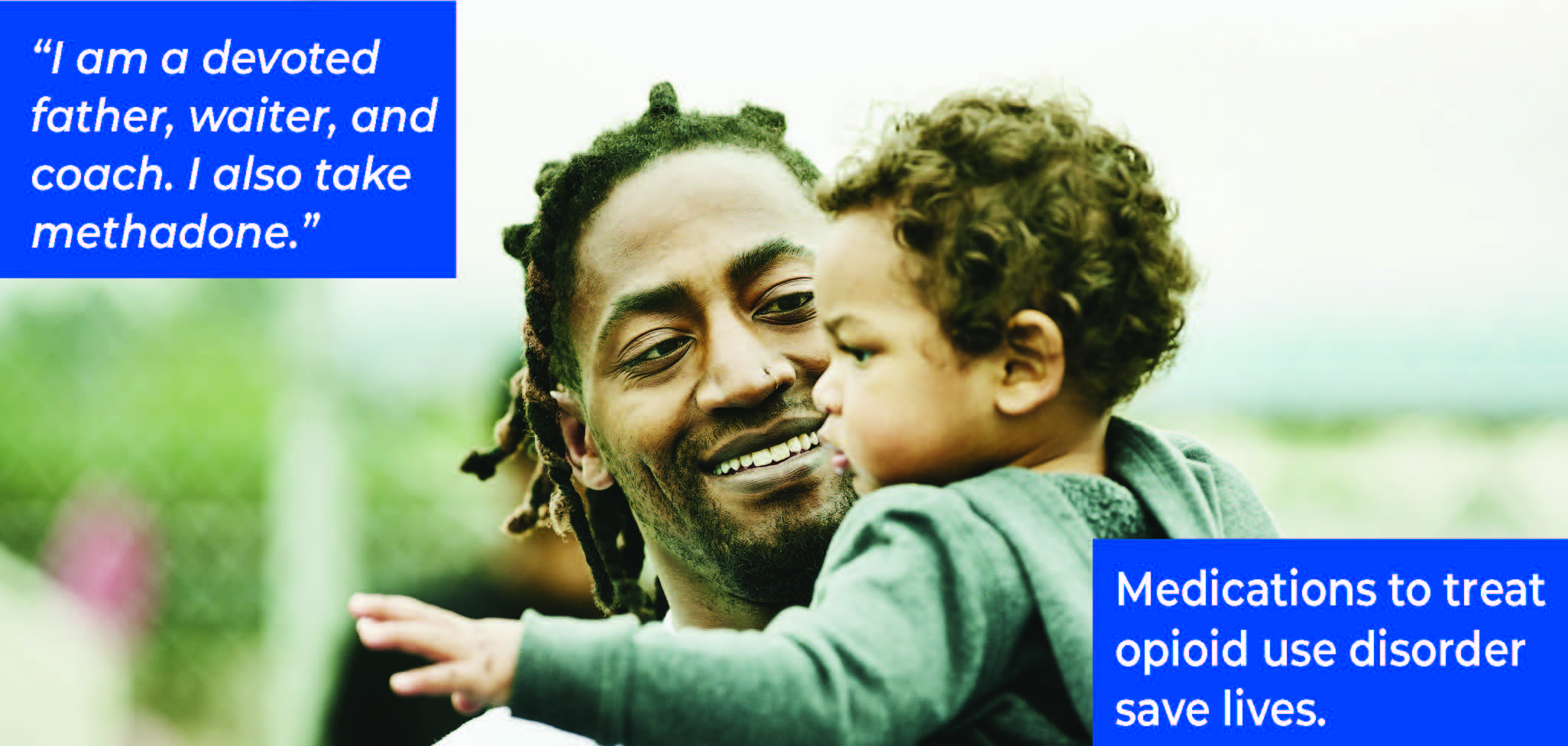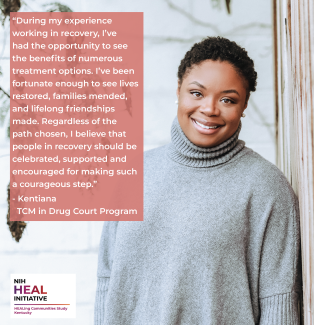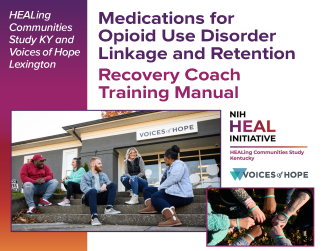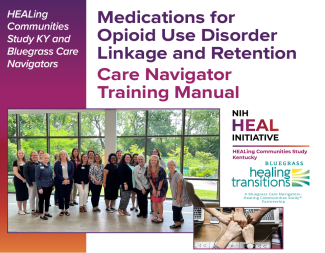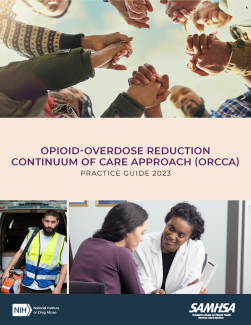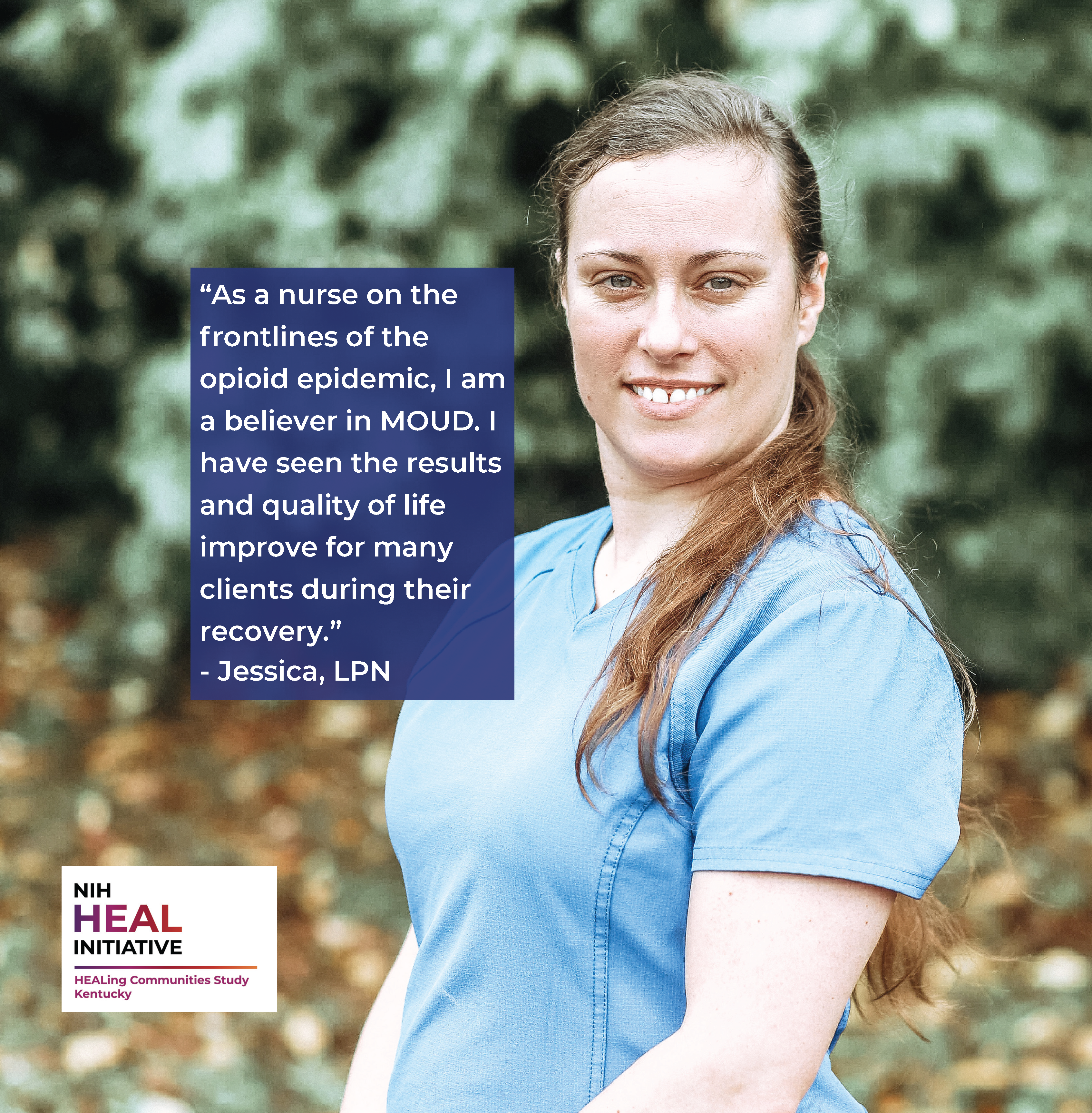Resources developed during the HCS in Kentucky (HCS-KY) to help support efforts to expand access to medications for opioid use disorder (OUD) may be a useful tool for community members, agencies, and many others looking to improve treatment access.
In addition to the content provided below developed by the HCS-KY team, the Opioid Response Network (ORN), accessible at opioidresponsenetwork.org, plays a crucial role in addressing the opioid crisis and stimulant use nationwide. ORN's key features include:
- Local consultants: ORN has a network of local consultants in every state. These experts respond to community-specific needs by offering free educational resources.
- On-demand and live training: ORN provides both on-demand and live training sessions. These cover a wide range of topics related to OUD and substance use prevention, treatment, and recovery.
- Open access: Anyone can submit a request for free education and training through ORN. Whether you’re a community member, a healthcare provider, or an advocate, ORN has resources for you.
